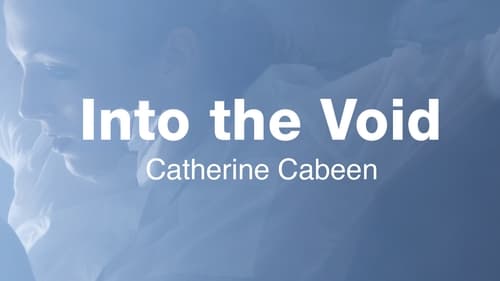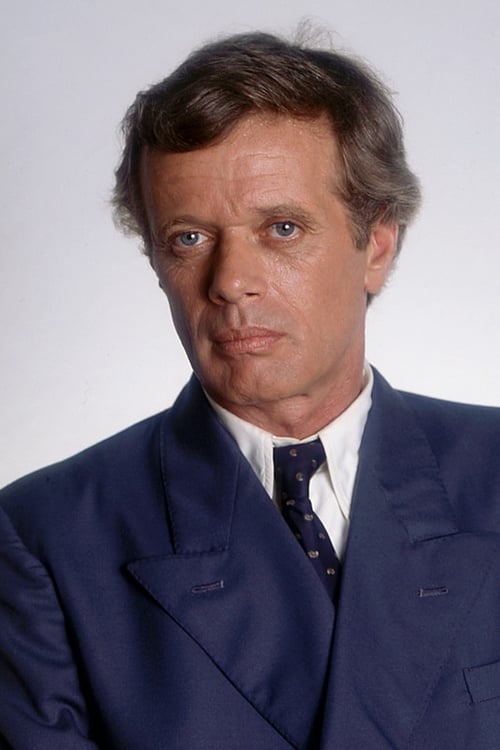Cowboy and Indian (1972)
Gênero : Documentário
Runtime : 45M
Director : Don Owen
Sinopse
This film goes no farther west than Toronto. The Indian is Robert Markle, from a family of Mohawk steel workers. The cowboy is his longtime art associate, Gordon Rayner. Both are Toronto artists and art teachers, sharing also an interest in jazz: Rayner plays the drums, Markle the electric piano. This film is a study of their lifestyle, their mutual interests and their friendship.

Artists Peter Fischli and David Weiss create the ultimate Rube Goldberg machine. The pair used found objects to construct a complex, interdependent contraption in an empty warehouse. When set in motion, a domino-like chain reaction ripples through the complex of imaginative devices. Fire, water, the laws of gravity, and chemistry determine the life-cycle of the objects. The process reveals a story concerning cause and effect, mechanism and art, and improbability and precision, in an extended science project that will mesmerize the mind.

A loner artist with a history of abuse meets a beautiful woman who takes an interest in his life and work; leading to a chilling path of tragedy.

With their spectacular ephemeral works of art, the visual artists Christo and Jeanne-Claude had made prestigious monuments rediscovered under a new light, from the Pont-Neuf to the Reichstag. An enlightening portrait of an artist couple who became stars.

1194D is originally a tweak of 115C8, one of the “Algorithmic Creature” series based on recursive triangle subdivision. The idea and complexity of the work started to go beyond the initial expectation after it was decided to experiment with multiple “creatures” co-existing within the environment.

A beautifully done video of Burning Man 2001, 2002 & 2003. Lots of people interviews, Center Cafe activity and extensive coverage of artist David Best and the Temple construction and burn. This documentary captures the swirling columns of dust that were created during the intense heat of the 2002 Temple burn.

O ARTISTA E A FORÇA DO PENSAMENTO, reflete a relação entre equilíbrio e desequilíbrio dentro da parcialidade de movimento do dançarino Marcos Abranches. Ele oscila o corpo para despertar do vazio e isolamento causado pelo desequilíbrio. A falta de estética do movimento é sentida pelo abandono e pela rejeição, entendendo que o alívio está no amparo do amor. Investigando movimento do corpo um mundo sem angústia, sem dores, sem desespero. Busca a vida. Encontra na dança o equilíbrio do corpo e o belo da alma.

Aerial views of Canada as you travel from east to west

We are a conversation is a 2014 documentary directed by Alexis karpouzos and Spyros rasidakis and written by Alexis karpouzos exploring the unity of humanity, featuring poets from around the world, whose lives have been dedicated to explore the mysteries of life and existence.

A short visual experiment resembling the inside of an opal.

A five-year visual ethnography of traditional yet practical orchestration of Semana Santa in a small town where religious woodcarving is the livelihood. An experiential film on neocolonial Philippines’ interpretation of Saints and Gods through many forms of rituals and iconographies, exposing wood as raw material that undergoes production processes before becoming a spiritual object of devotion. - A sculpture believed to have been imported in town during Spanish colonial conquest, locally known as Mahal na Señor Sepulcro, is celebrating its 500 years. Meanwhile, composed of non-actors, Senakulo re-enacts the sufferings and death of Jesus. As the local community yearly unites to commemorate the Passion of Christ, a laborious journey unfolds following local craftsmen in transforming blocks of wood into a larger than life Jesus crucified on a 12-ft cross.

The New Wave is the seminal compendium of independent video work in the early 1970s. Written and narrated by Brian O'Doherty, this overview of the emerging video field includes examples of guerrilla television and "street" documentaries, early explorations with image-processing and synthesis, and performance video. This historical anthology includes excerpts of tapes by the following video pioneers: Stephen Beck and Warner Jepson, Peter Campus, Douglas Davis, Ed Emshwiller, Bill Etra, Frank Gillette, Don Hallock, Joan Jonas, Richard Serra, Paul Kos, Nam June Paik, Otto Piene, Willard Rosenquist, Dan Sandin, James Seawright, Steina Vasulka, TVTV, Stan Vanderbeek and William Wegman.

With a strong emphasis on founder Larry Harvey and temple artist David Best, this video expresses the scale and power of the Burning Man experience. Superb cinematography and editing are combined to make this is one of the most moving Burning Man videos ever produced.

This film goes no farther west than Toronto. The Indian is Robert Markle, from a family of Mohawk steel workers. The cowboy is his longtime art associate, Gordon Rayner. Both are Toronto artists and art teachers, sharing also an interest in jazz: Rayner plays the drums, Markle the electric piano. This film is a study of their lifestyle, their mutual interests and their friendship.

The fallen painter Cheng Zi was called by the old friend Sufi to investigate the strange events that occurred in the rehearsal of the "Song of the Night" by the drama dramas. This is also the rehearsal that they had rehearsed in the past, and it is also the lingering pain in his heart. It is the source of all his nightmares. In the course of the investigation, the twists and turns continued, and even Shen Xue, who had been sorrowful in the past, but had not seen it for many years, was involved. The same play that has been separated for many years has produced many connections because of the same love and hate. As the incident progressed, more and more truths made Cheng Ziyi feel awkward, and a picture of revenge about love and hate was slowly staged.

Explorando as possibilidades semânticas do verbo inglês "shoot" (que significa tanto "filmar" quanto "atirar"), este filme aborda os limites entre a performance e a fotografia, através da construção da imagem de si próprio. Fazem parte do projeto os artistas Tania Bruguera (Cuba), Gary Hill (Estados Unidos), Esther Ferrer (Espanha), Calvacreation (França), Cripta Djan (Brasil), Rebecca Horn (Alemanha), Pipilotti Rist (Suíça), Paula Garcia (Brasil) e Ghazel (Irã).

Los Angeles-based artist Ed Ruscha’s 1975 short film Miracle centers on a day in the life of an auto mechanic (played by artist Jim Ganzer), who has a transformative experience while working on the engine of a Ford Mustang. Actress and singer Michelle Phillips of the Mamas and the Papas plays his love interest. Since the 1960s, Ruscha has received extensive critical acclaim for his paintings, photographs, drawings, and books exploring the commercial vernacular of Los Angeles—its graphic signage, architecture, and even parking lots. In effect, his work subtly comments on America’s cultural and socioeconomic evolution in the twentieth and twenty-first centuries. Miracle is one of only two films made by the artist in the 1970s. – Contemporary Art Museum St. Louis by Kelly Shindler, Associate Curator

A mathematical play on one repeated movement. It imparts a sense of possibilities: that something simple can produce complex and unexpected patterns. As with an atom, the variety of possibilities from a base movement is potentially infinite.

Created by Graham trained choreographer Catherine Cabeen and Inspired by postmodern visual artist Yves Klein, Into the Void mixes visual arts, drag performance and visceral choreography to evoke the complex gender politics of Klein's work.

In this edition of Moulton's narrative series, the artist's character Cynthia suffers from Restless Leg Syndrome, and seeks relief in pharmaceutical ads on TV and in health magazines. In a domestic world enlivened with animated dance and mystic poetry (written and read by poet John Coletti), Cynthia finds relief in the healing mineral AION A, discovered by Swiss artist Emma Kunz.









